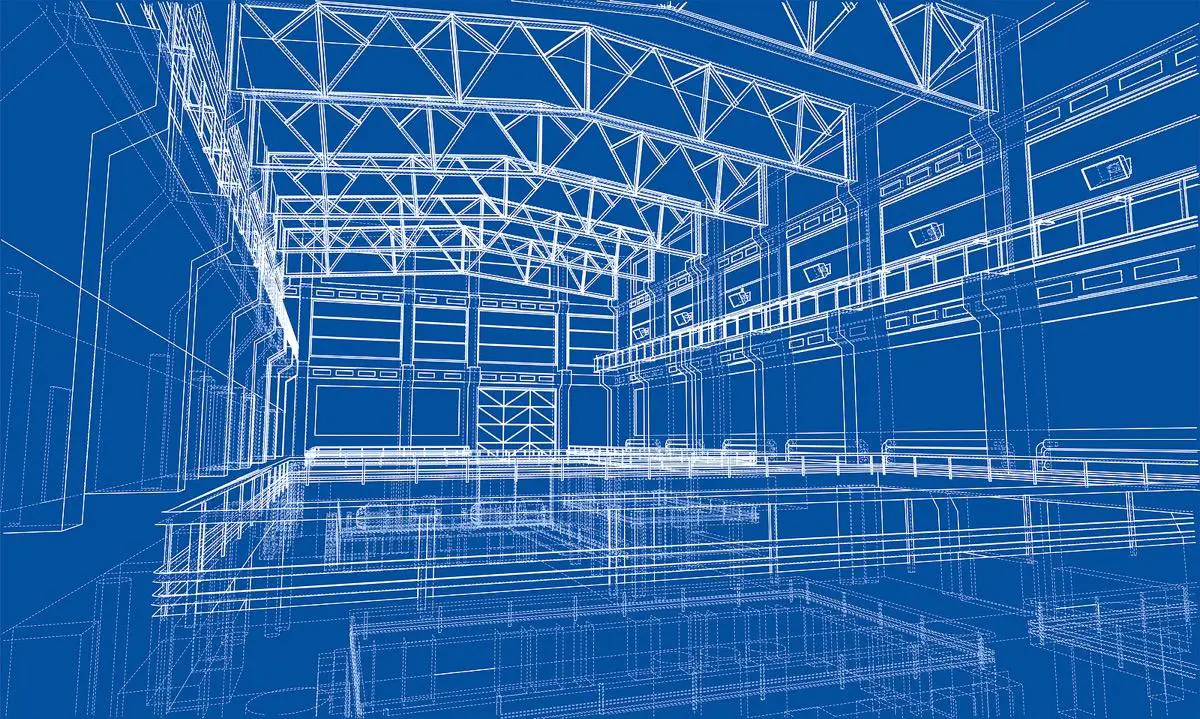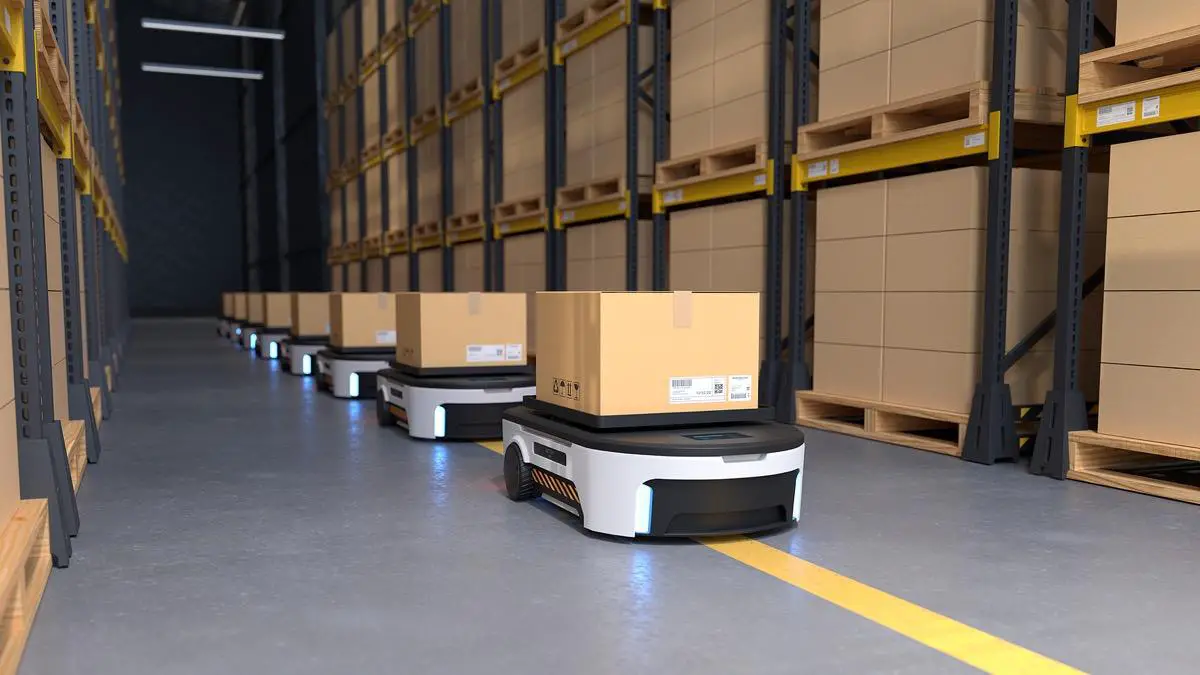Selecting the right warehouse for your business is a critical decision that can significantly impact your operational efficiency, costs, and overall success. Whether you’re a seasoned entrepreneur or just starting, understanding the key factors involved in making this choice is essential. In this guide, we will explore a step-by-step process to help you choose the perfect warehouse for your needs.
Step 1: Define Your Business Needs
Before you begin your search for a warehouse, it’s crucial to have a clear understanding of your business requirements. Consider the following questions:
- What type of products do you need to store? Different products may have specific storage requirements, such as temperature control or hazardous materials handling.
- What is your expected inventory volume? Estimating your storage capacity needs will help you determine the size of the warehouse required.
- Where are your customers located? The proximity to your customer base can impact shipping costs and delivery times.
- What is your budget? Determine how much you can afford for warehouse space and related expenses.
Step 2: How to Choose Right the Type of Warehouse
Understanding the different types of warehouses is crucial. Consider the following options:
- Public Warehouses: These are third-party facilities offering shared storage space and services, ideal for small businesses and startups.
- Private Warehouses: Owned and operated by your company, providing complete control over operations and customization to your needs.
- Distribution Centers: Specialized for quick sorting, storing, and distributing goods to retailers, reducing transit times.
- Fulfillment Centers: Geared toward e-commerce businesses, offering efficient order processing, packing, and shipping.
- Cold Storage Warehouses: Necessary for perishable goods, maintaining temperature-controlled environments.
- Automated Warehouses: Utilizing robotics and automation for efficient, high-volume operations.
- Cross-Docking Warehouses: Facilitating rapid transfers with minimal storage time, ideal for time-sensitive deliveries.
- Bulk Storage Warehouses: Suited for businesses dealing with large quantities of materials or products.
- Hazmat Warehouses: Equipped for the safe storage of hazardous materials, adhering to strict safety regulations.
- Retail Warehouses: Ensuring consistent stocking of retail store shelves by storing products ready for shipment.
Step 3: Location, Location, Location
The location of your warehouse can significantly impact your business. Consider the following factors:
- Proximity to Suppliers: Being close to your suppliers can reduce transportation costs and lead times.
- Proximity to Customers: If your customers are concentrated in specific regions, consider a central location to minimize shipping costs.
- Transportation Infrastructure: Access to highways, ports, and railroads can streamline distribution.
- Labor Availability: Availability of skilled labor for warehouse operations is crucial.
- Cost of Living: The cost of labor, real estate, and utilities can vary by location.
- Regulatory Environment: Ensure that the location complies with zoning and safety regulations.
Step 4: Evaluate Warehouse Features
When inspecting potential warehouses, pay attention to the following features:
- Size and Layout: Ensure the warehouse can accommodate your inventory volume and layout requirements.
- Infrastructure: Check the condition of the building, including roofing, flooring, and utilities.
- Security: Assess the security measures in place, such as surveillance, access control, and alarm systems.
- Technology: Evaluate the warehouse’s technology infrastructure, including inventory management and tracking systems.
- Accessibility: Consider dock access, parking space, and ease of truck maneuverability.
- Scalability: Determine if the warehouse can accommodate future growth.
Step 5: Cost Analysis
Calculate the total cost of operating in each potential warehouse location, including rent or mortgage, utilities, labor, taxes, insurance, and maintenance. Compare these costs with your budget to make an informed decision.
Step 6: Negotiate Lease Terms
Once you’ve identified a suitable warehouse, negotiate lease terms with the landlord or property owner. Pay attention to lease duration, rent escalation clauses, and any additional costs or fees.
Step 7: Seek Legal and Professional Advice
Before finalizing any agreements, consult with legal and financial professionals to ensure that you understand all contractual obligations and liabilities.
Need Help Choosing the Right Warehouse?
If you need help to choose the right warehouse, contact Lean Material Handling.







